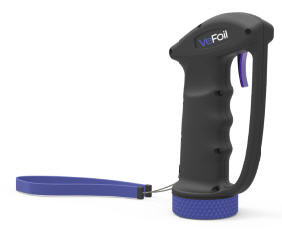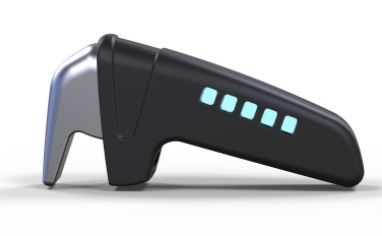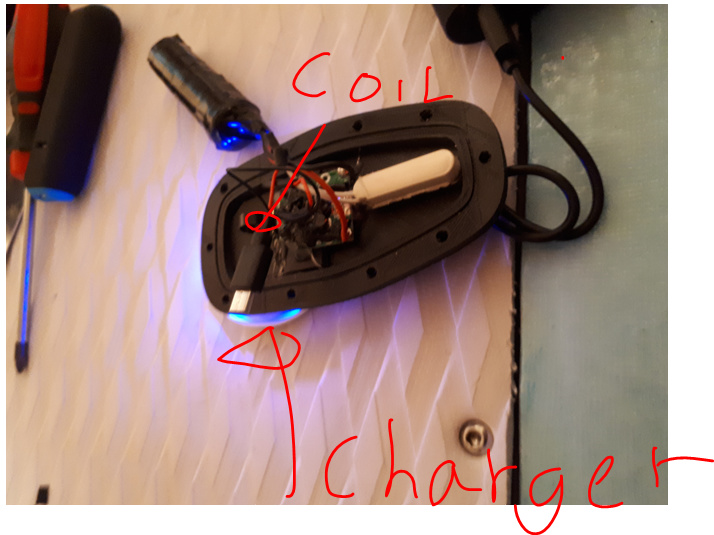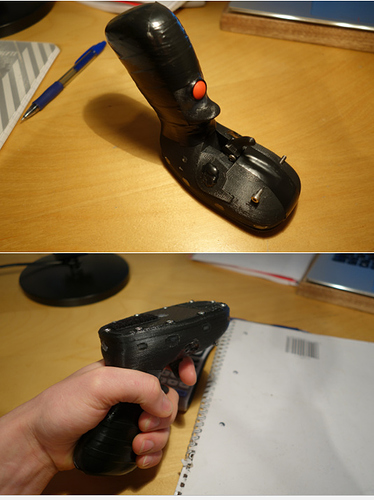you are right , ESP32 is bluetooth, not the case with esp8266, only wifi. ESP now is implemented through esp easy with no need of coding: ESPEasy - Let's Control It
@pacificmeister,Ardunio is new to me aswell, good utube video. I been watching alot of videos of people learning to ride the efoil and it seems like on some that the throttle is very jerky and you can hear the motor revving on and off etc
If the magnet is held in a certain distance position away from the hall effect will the output stay constant so you can get the constant speed for the motor.
Can you adjust the acceleration curve from the code is it easy to do?
We need to experiment with different acceleration/deceleration curves and see what feels best. But ESC input signal is only part of that, I think down the road we want ESCs with current control. I assume my Seaking boat ESC does duty cycle control. With the VESCs in our skateboards we have improved throttle control because of the current control mode, and recently also watt control mode which feels even better.
Just an update on our remote, things are finally coming together, tested it yesterday on water.
Current state:
-100% waterproof tested on foil.
-DMS button
-Reed switch ON/OFF
-Induction charging
-Trigger based throttle
-Remote battery LED indicator.
-Failsafe, slowstart +++ obvious stuff for safety.
Current issues.
-some minor bugs with PWM signal to ESC.
-Reed switch ON/OFF not optimum.
needs to be implemented.
-LED Display with info
-Reliable ON /OFF switch
Software stuff will hopefully be fixed this week. Wil also redesign the handle and appearance to make it a bit cooler😊 planning on sharing codes and CAD files when everything runs smoothly, for Non-commercial use only! Also planning on doing the final 3D printing with SLS printing to make it “professional” and durable.
Picture of induction charging does not really tell anything, but best image I had…
Short video of on/off with reed switch Notice blue ON/OFF led 
Two images of the remote. The black tape is not waterproofing, just to increase grip with slippery wetsuit gloves. Notice DMS placement.
Cheers!
@Hiorth Did you end up finding any decent waterproof momentary or toggle push buttons? I saw you mentioned you got water ingress in the ones you used?
P.S Awesome work on the remote, looks great! I am back to working on my version.
Found this
This has a rubber cap, And will be waterproof if properly installed. Ip68 rating on the other buttons we tried does NOT mean that they can be operated under water.
Thanks, yes I am skeptical of the IP ratings of some switches. Technically we won’t be operating it under water, it just needs to survive constant dunking in salt water, plus abuse then work with water droplets all over it. I guess it will get operated under water.
Is the analog hall effect sensor for the trigger working well? I’m designing CAD for AS5048A sensor.
Is the handle piece of you remote all one piece? Or does it split vertically in the center and is glued together?
And are you going with induction charging or using the magnetic USB connector for charging?
Yes, it should not be operated under water, but It will be operated under water  your friends will do it!
your friends will do it!
The sensor works very well with added software smoothing and it is completly waterproof (easy to waterproof as well).
Printed in one piece. For production it should be done differently.
We have used both, both works well. Personally I like the magnet type best 
Mat how is your diy waterproof remote coming along? Have you tested it yet ![]()
On Monday I’m starting to design a DIY waterproof surfboard remote control as well.

yes, tested in the water… the remote worked great and no water inside.
but i couldn’t get to to work through a bit more than 1 feet of water, so i had to bring the receiver above the surface.
My motor design is slightly under power and first try was with a kite wing and a very small board… so it was not picking up speed… and i ended up burning my amp-meter.
now in the process of making a bigger board and bigger wing…
I came across this wireless waterproof remote from Radinn, a mfr of e-wakeboards, Details HERE

Hi @Alexander
Which hall effect sensor did you use in the 3D remote. Is it for 3.3 volts. I can only find a hall effect sensor for 5+ volts
I use the SS495a which is 5v but seems to work fine on 3.2v from teensy.
Hi,
I used this one… it works perfect with 3.3V
https://sensing.honeywell.com/honeywell-sensing-ss39et-ss49e-ss59et-product-sheet-005850-3-en.pdf
Think it’s the ss49e from Honeywell. Bought it on eBay back then ![]()
Thankyou. Your help is appreciated
Just finished designing my waterproof remote. It’s on the printer now so hopefully it works as planned. huge thanks to @Hiorth for the trigger design, you guys are awesome. Using an ESP32 Dev board, 0.96inch OLED screen, IP68 Dead Man Switch and 18650 cell. Will also have LED battery indicator for the remote, Board battery indicator will be shown on Screen. Going to make my own On Off switch with a tac switch rubber cap and epoxy
I plan to do my remote a bit differently. When you fall, you are likely to grab the remote tightly, so you actually accelerate even more. I want to make it so that it stops the motor if you give it full power. Some rockclimbing belay devices have such a panic feature.
I want to add 3 waterproof buttons to the remote. Each with 2 switch levels (press down/ press all the way). One to activate the switch and the second one to panic stop it. All switches will slowly accelerate the motor to keep the load down and the acceleration predictable for the rider.
Switch 1 is for trolling about.
Switch 2 is calibrated for planing speed, so you can get up on your feet without jerky acceleration. Getting up is difficult enough. Try it on your floor!
Switch 3 is to get to cruising speed.
You could also add an override switch to adjust for heavy riders or experienced vs beginner.
I imagine that this system will be much easier to control and give you one less thing to think about. Hopefully the repeatability of the acceleration will make riding easier to learn. I used to fly glider planes and the acceleration at the start is always controlled by somebody on the ground.
There will also be an on/off button that activates my big relay. Like the egniton in a car.
All will be done with 2 Arduinos and 2,4Ghz modules. Module The arduino is great because you can easily add a ton of procedures that will be automated. Like battery management, temperature monitoring, anti spark and emergency stops.
@MaxMaker what switches do you plan to use? It is difficult to find a suitable ‘waterproof’ basic switch let alone a 2 stage one. I have similar ideas to what you are discussing around different speed controls, but currently are only using 2x single stage position push buttons.
Yes having a micro-controller, teensy in my case, allows for lots of extra features, maybe too many  . Let me know if you find anything suitable for the switches.
. Let me know if you find anything suitable for the switches.
Sounds complicated. I like simple. You certainly want fine control over your speed at all times, e.g. when you are on a wave or when you want to do tight slow turns in the marina. I have tried many different remotes and right now I like the handling of thumb control the best. But that’s personal preference. Thumb throttles also look less like guns, you look a little less 007 but you also cause less panic. I think a cutoff mechanism at full throttle will make you crash more because you will accidentally trigger it.



